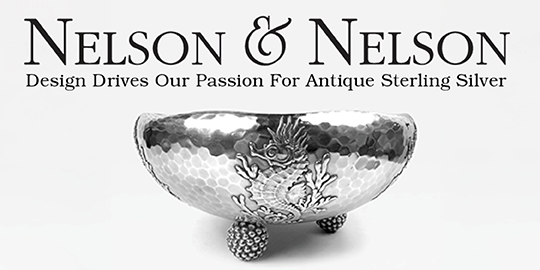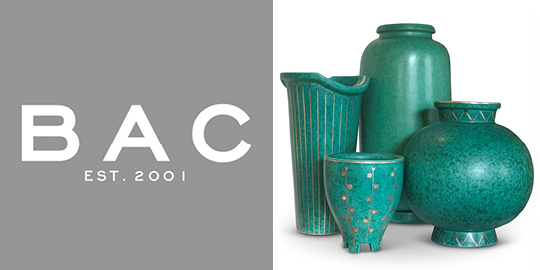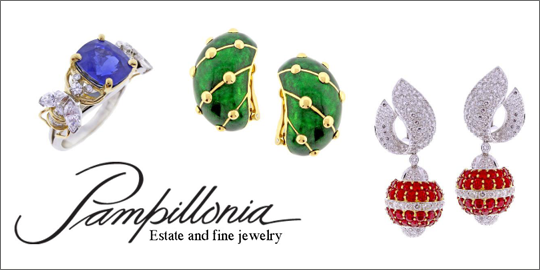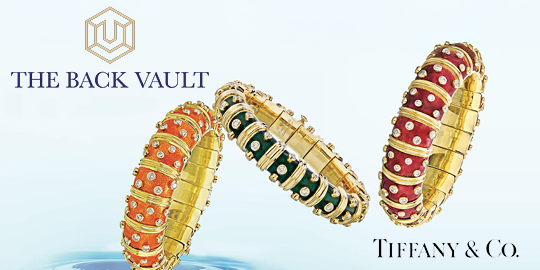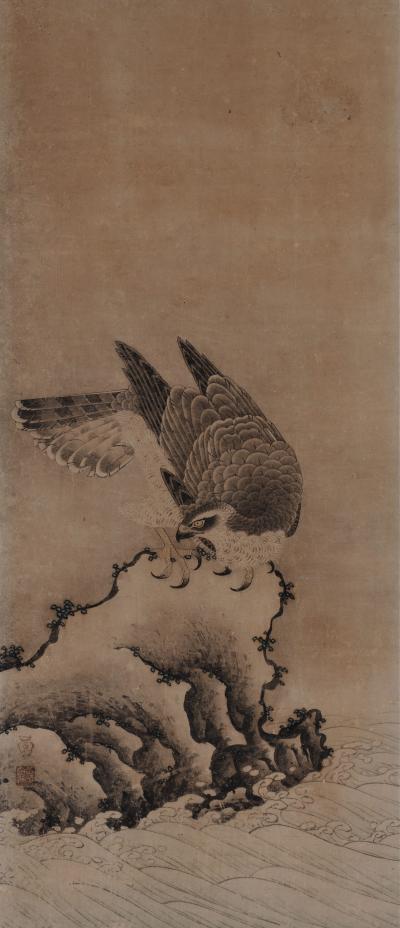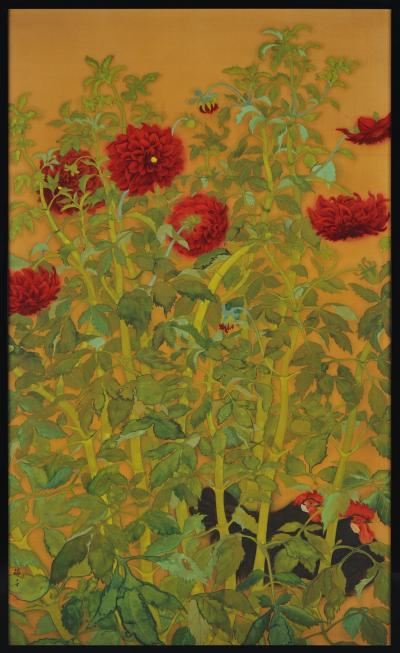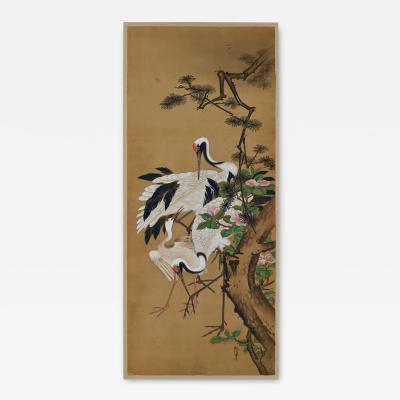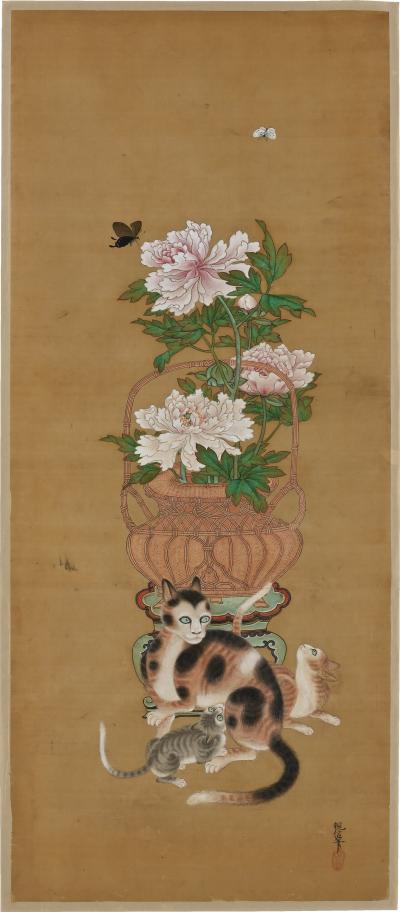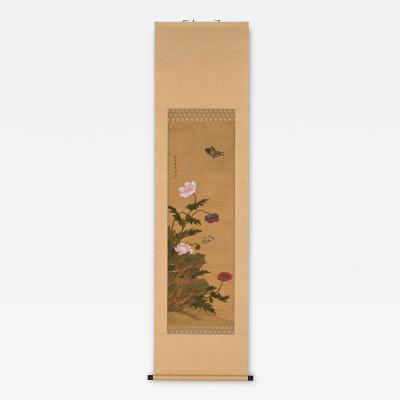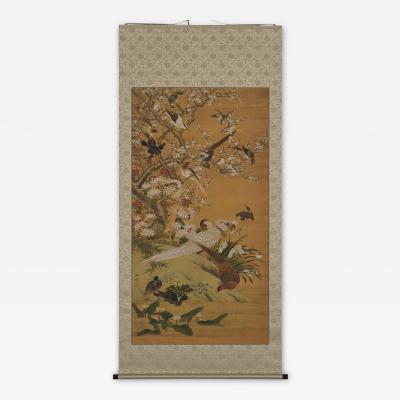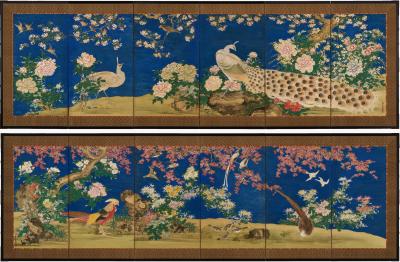Listings / Fine Art / Paintings / Still Life
Early 20th Century Japanese Nihonga Screen. Bamboo Forest
-
Description
Anonymous
Bamboo Forest
Early Taisho era. Circa 1910-1915.
Six-panel Japanese Screen. Mineral pigment, gofun and ink on silk.
Dimensions: H. 170 cm x W. 376 cm (67” x 148”)
Price: USD 32,000
A six-panel Japanese folding screen, painted on silk in mineral pigments, gofun or clam shell gesso, and sumi ink. It is painted in the exquisite traditions of Japanese Nihonga of the early Taisho period. The scene conveys the tranquility of a bamboo forest with winter sunshine creating exquisite shadows on the still surface of a pond. A small bird sits quietly on a Chinese black pine tree. The nature scene is a skillful marriage between naturalism in the Japanese Maruyama-Shijo tradition and Western-inspired plein-air observation and accurate delineation. The receding bamboo and fallen leaves were inspired by the masterful works of Hishida Shunso. The atmospheric blurred style (morotai) which the artist has used here to depict shadows and light filtering through the forest was also created by Shunso. The brilliantly blooming camellia tree rising abruptly in the foreground is a modernist interpretation of classical idioms in Japanese Rinpa painting such as Ogata Korin’s Maki (Chinese black pine) and maple trees. Shunso was similarly inspired by the decorative arts of the Rinpa school.
This early Taisho era work (circa 1910-1915) encapsulates the short but explosive period of Japanese art which began the Nihonga (Japanese painting) movement. Hishida Shunso, Yokoyama Taikan and Shimomura Kanzan were key figures in the movement, which sought to revitalize indigenous painting in the face of the rising influence of Western art. At the time, Japanese painting was widely regarded as flat and primitive compared to Western painting. The artists were challenged to find new ways of expressing light and air and were urged to look within the traditions of China and Japan so that their solution might be authentically Asian.
The signature reads Mansho and the seal reads Heijuro. We are presently unable to find further information relating to the artist. -
More Information
Period: 1900-1919 Creation Date: 1910-1915 Styles / Movements: Asian Art Incollect Reference #: 765634 -
Dimensions
W. 148 in; H. 67 in; W. 375.92 cm; H. 170.18 cm;
Message from Seller:
Kristan Hauge Japanese Art, based in Kyoto's museum district since 1999, specializes in important Japanese screens and paintings for collectors, decorators, and museums worldwide. Contact us at khauge@mx.bw.dream.jp or +81 75-751-5070 for exceptional access to Japanese art and history.







